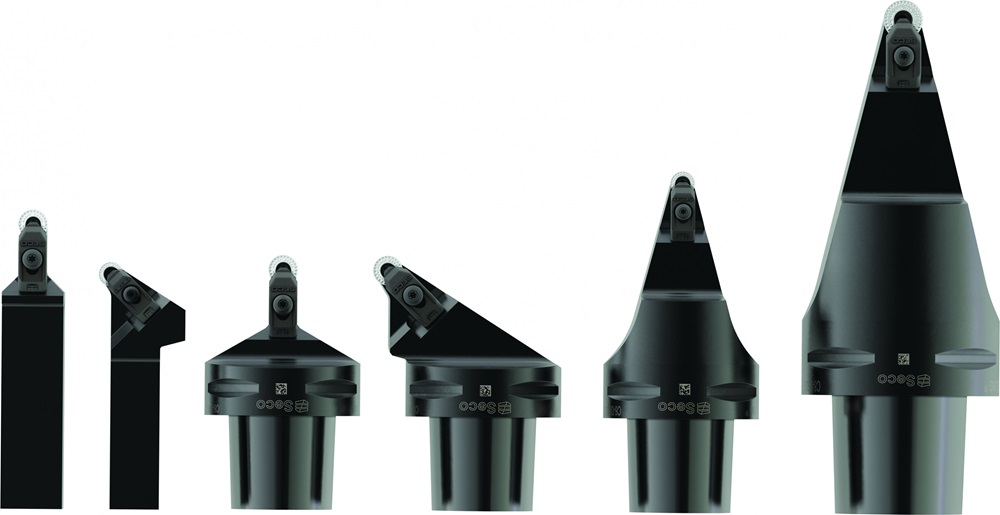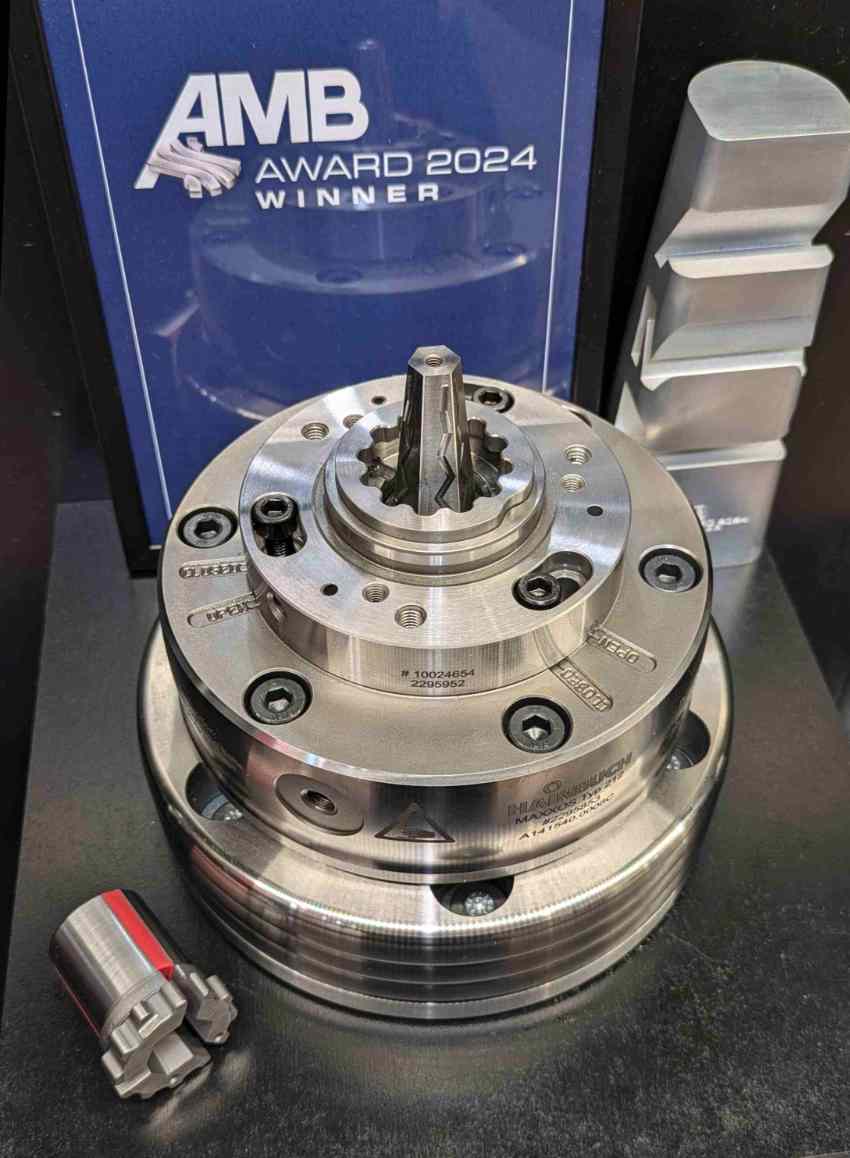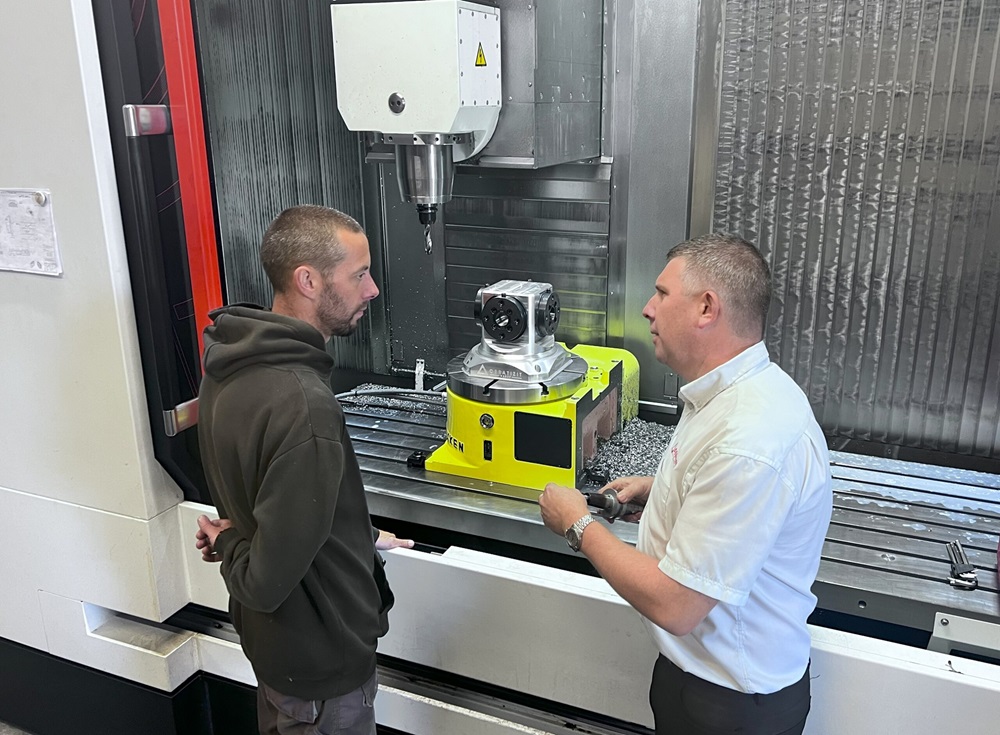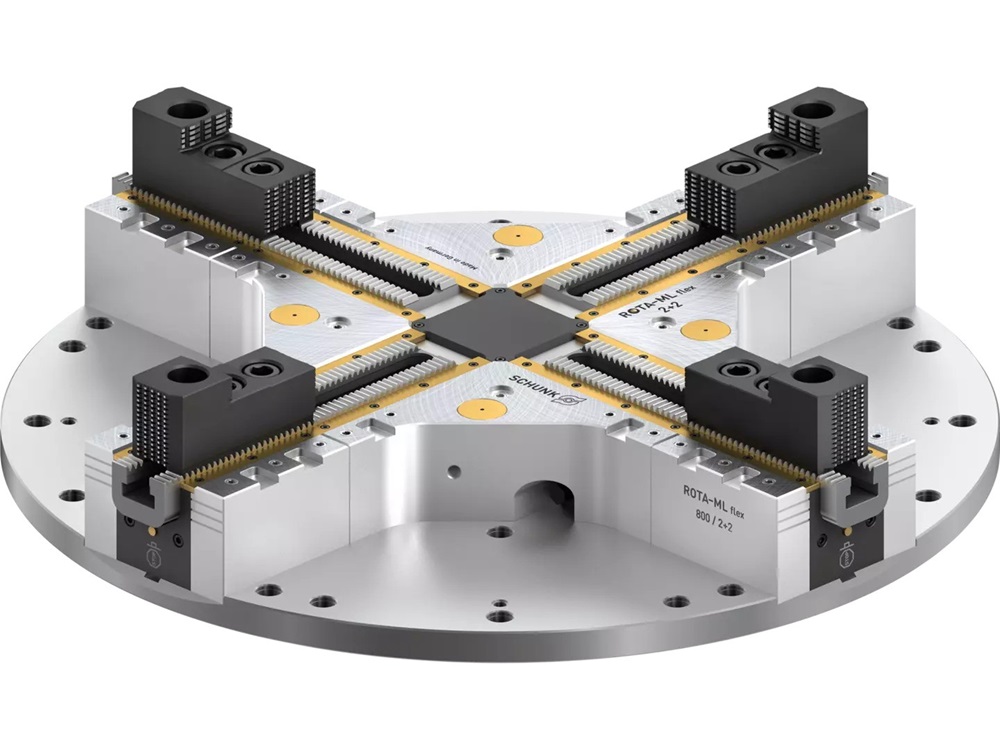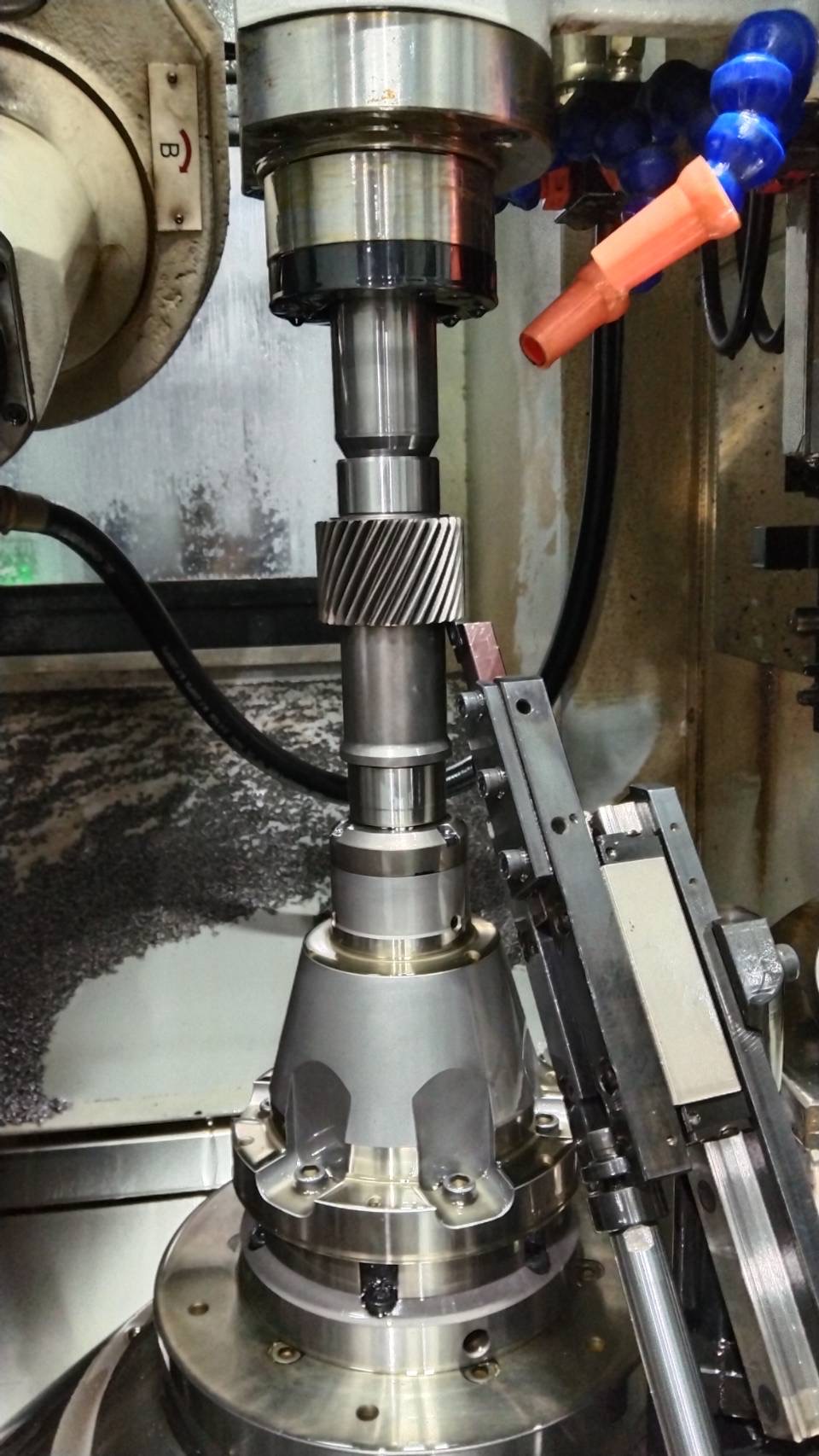Jetstream Tooling Integrated (JETI) toolholders from Seco Tools bring the benefits of high-pressure coolant (HPC) to round, positive turning inserts for profiling and pocketing in difficult-to-cut materials. JETI toolholders eliminate hoses and spare parts associated with HPC, while 3D-printed coolant clamps provide internal coolant channels for cutting zone cooling and chip control. The precision delivery of HPC by the tool holder’s internal coolant channels allows increased cutting speeds and feeds for shorter part cycle times.
“JETI toolholders permits shops to step up their pocket machining operations,” says Seco product manager Frederik Samuelsson. “Combining the benefits of HPC, round turning inserts and favourable dynamic turning methods ensures manufacturers can attain optimal cutting speeds and feed rates while achieving higher metal removal rates for increased productivity. This combination of technologies also optimises chip control and evacuation to improve tool life, while increasing turning process reliability and reducing tooling costs per part.”
JETI toolholders use a single-screw design on the coolant clamp for fast insert indexing and changes. An easy plug-and-play solution, without hoses, integrates effortlessly to avoid long set-up times and maximise machine utilisation. Jetstream Tooling is available for 72 holders for maximum application coverage. Square shank sizes are available in metric 2020, 2525 and 3232, and imperial 12, 16 and 20, with Seco-Capto sizes C3, C4, C5, C6 and C8.
In addition to simplifying set-up times for faster job changeovers, JETI toolholders with a Seco-Capto connection come with a pre-drilled hole to install a Balluff chip. With this feature, shops can incorporate the tool holders into an RFID system to manage data gathering and transfer without manual entry.
More information www.secotools.com








